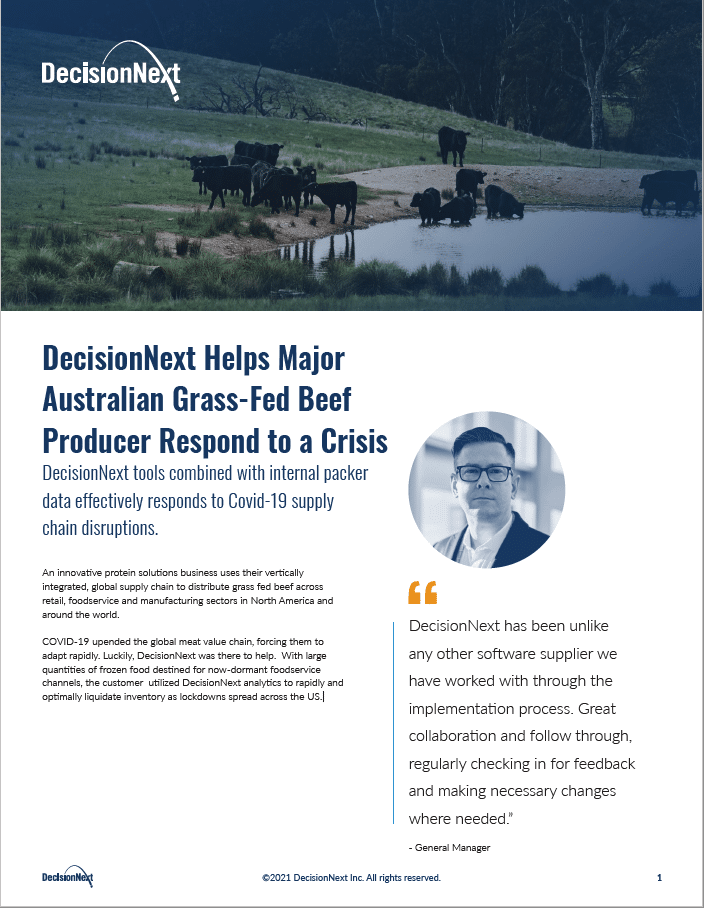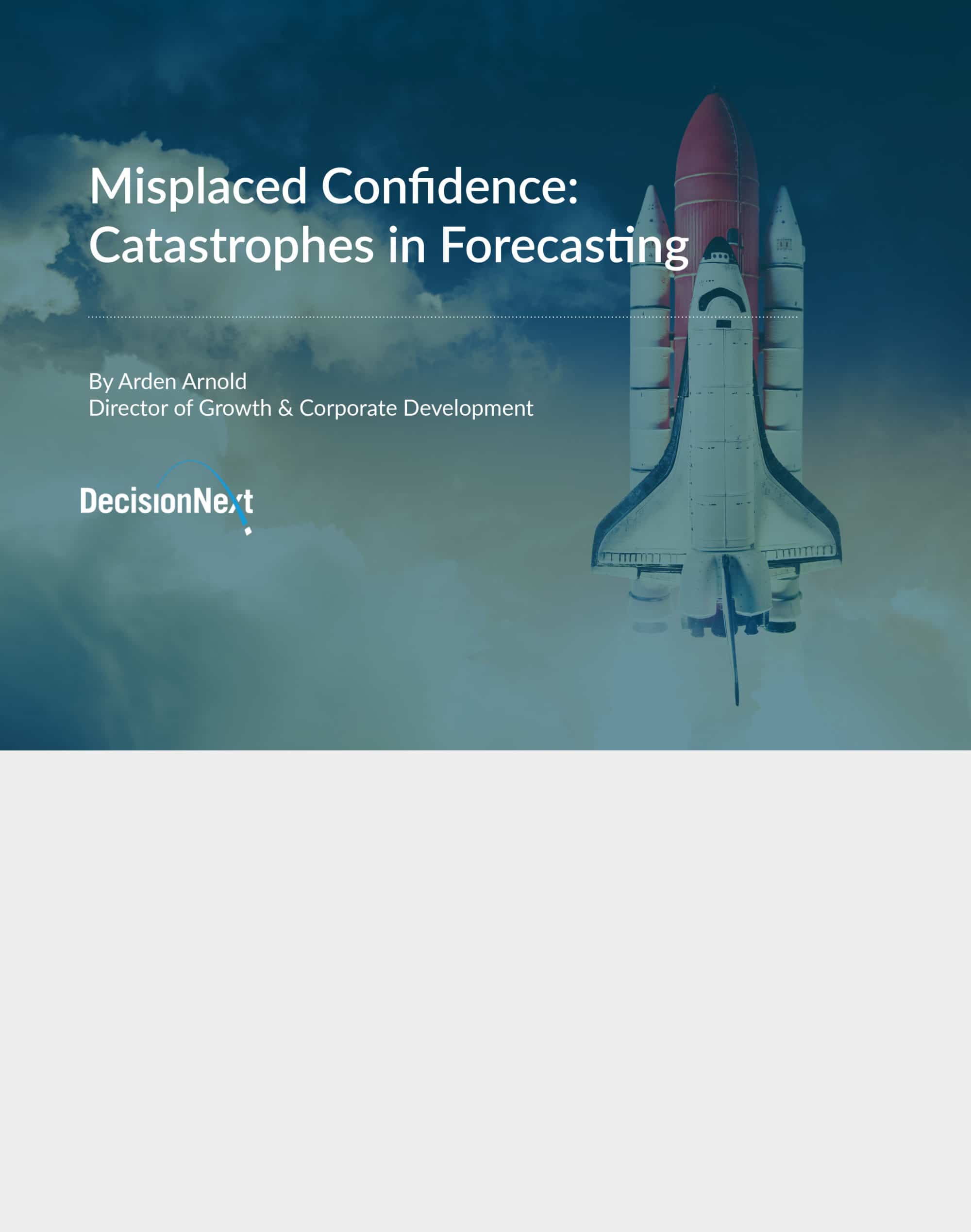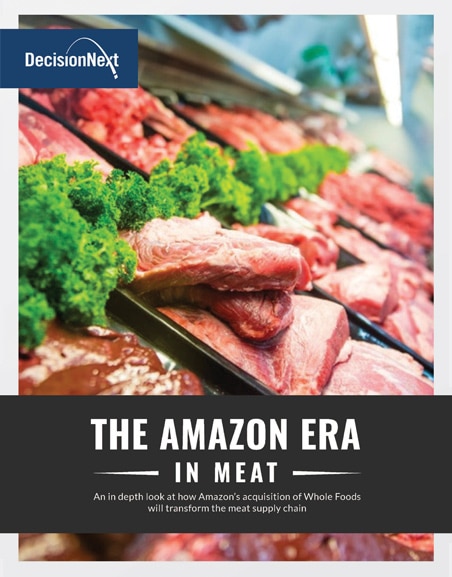Significant changes are taking place in the international trading system. Recent announcements from the U.S. government around new and expanded tariffs targeting dozens of countries are expected to have a major impact on global commodity flows. While it’s too early to predict their full effects, it’s critical to consider what this means for markets and how companies should adapt during these times. Especially those who rely on international imports like food, agriculture, animal protein, and natural resources.
Key Factors Shaping Tariff Impact on Prices
Central to understanding the short and long term effects of tariffs is grasping the understanding of two key factors:
- The volume of a commodity traded internationally
- The number of countries involved in the commodity’s production and consumption
While a tariff imposes a tax on goods traded across borders, its effects on prices and demand largely depend on the ability to shift trade routes, swap consumer demand, and how much of the tariff burden intermediaries will pass on.
Minimizing Risk in Uncertain Times
To help bring this to life, let’s take a look at lean beef prices.
When you take a broader view of pricing trends over the past decade, domestic and imported 90% lean beef show a remarkably close relationship. As illustrated in Figure 1, which charts both price series over the last ten years, the two lines consistently move in tandem — highlighting their strong correlation over time.
Figure 1 – The price spread between domestic 90% lean beef and AUS 90% lean imports since 2016.
To compensate for low domestic supplies, the U.S. has been importing substantial amounts of lean beef trim. As lean imports were trading at roughly 15% below domestic prices in mid-March, a 10% tax is unlikely to significantly disrupt this flow of trade. So what will be the impact of this tariff on the price of lean beef trim?
This is where the DecisionNext platform comes in. Using our best-in-class AI forecasting tools, you can access the full potential of procurement business intelligence. So you can quickly and efficiently game out the effects this tariff (or any other black swan supply shock) will have on market prices.
In this scenario, notice how we applied a 10% tariff to imported lean beef trim over the next 26 weeks to see how it affects both imported and domestic prices (Fig. 2). First, we ran a forecast for both domestic and imported lean beef trim without factoring in the tariff. The red dotted lines show the average forecast for both. Then, we added a 10% premium to the imported lean trim. As you can see in the graph, this 10% increase in imported 90% lean beef trim also pushes up domestic prices for 90% lean beef trim. The red line here shows the original forecast, and the squiggly line represents the updated forecast after the change. The effect of this simulation is to show how much of the tariff is anticipated to be passed through from the importer to the domestic market.
Figure 2 – Comparing the price forecast for domestic and import lean beef trim after applying a 10% tariff impact on the import trim.
Other questions in this market relate to how much countervailing tariffs could impact this market in other directions. For example, China is the third-largest export destination by value for U.S. beef.
Be Prepared for What’s Next
Staying on top of market changes, spotting opportunities, and avoiding overreactions will be more important than ever in the coming months. The DecisionNext platform provides the most complete suite of business intelligence tools around, so you can do just that. Whether it’s a tariff, a port closure, or any other massive unexpected event, DecisionNext lets you model how economic shocks could affect commodity prices. And that helps you make better, more informed decisions.
If you’d like to explore how these trade shifts will affect your commodity business, contact our sales team to arrange a meeting.









